Presentation of the results of 5 of the 21 research projects funded in 2021 related to the impact of mining development on the environment and communities, energy savings and greenhouse gases (GHGs). The objective of the research program is to encourage researchers from a variety of disciplines to help the mining industry meet the technical, environmental and technological challenges encountered in Québec’s geological context. It is offered jointly by the Ministère des Ressources naturelles et de Forêts (MRNF) and the Fonds de recherche du Québec (FRQ) – Nature et technologies sector.
Results – MRNF-FRQ Research Program on Sustainable Development of the Mining Sector
Thursday, November 21, 2024
Room 301B - COREM

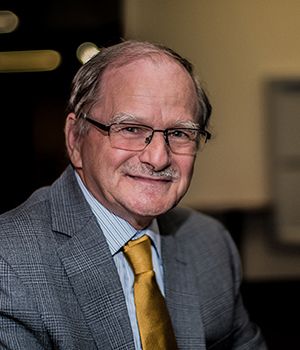
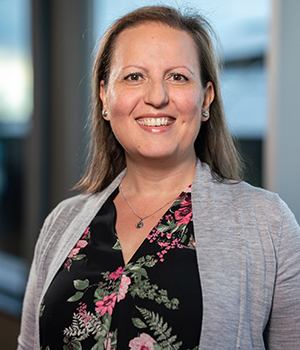
9:05 a.m.
Cemented Paste Backfill With Calcined LCLL: Rheological Properties, Durability and Life Cycle Analysis of Mining Backfill
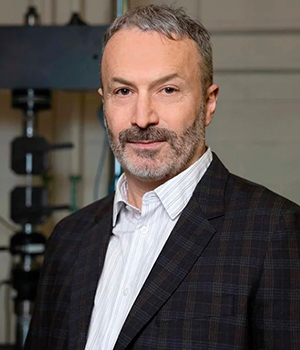
Current research aims to improve the environmental impact of mining backfill by optimizing the use of resources in a circular economy perspective. This study focuses on the integration of LCLL (Low Caustic Leaching and Liming), a recycled industrial by-product from the aluminium industry, to improve both the mechanical properties and the environmental footprint of mining backfill. The cement paste backfill with calcined LCLL is studied for its rheological properties, durability and environmental impact. This presentation compares calcined LCLL ash with slag using the IMPACT World+ method for life cycle assessment (LCA).
9:30 a.m.
Post-Reclamation Geochemistry of Oxidized, Acid-Generating Tailings Storage Facilities
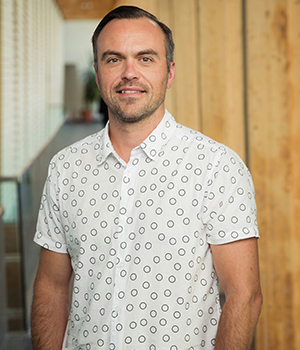
Reclamation of oxidized AMD-generating mine tailings represents a particular challenge. The installation of an oxygen-barrier reclamation system modifies the geochemical conditions in the tailings and induces processes that influence the evolution of post-reclamation water quality. The Lorraine mine tailings facility (Abitibi-Témiscamingue) is an example of an AMD-generating site that was oxidized for several decades before being rehabilitated in 1999-2000 with cover with capillary barrier effects (CCBE). To better understand the evolution of post-reclamation water quality at the Lorraine site, tailings from the Lorraine site were sampled beneath the cover through 4 boreholes along a north-south transect. The results suggest that during the first few years after remediation, oxyhydroxides present in the tailings partially dissolved and worsened the water quality, followed by a gradual improvement and the attainment of water qualities meeting most Directive 019 criteria, except for iron. This work enables to better understand the evolution of water quality after restoration of AMD-generating, oxidized sites, and to better anticipate water treatment needs before reaching water qualities meeting applicable criteria.
9:55 a.m.
Performance of Cover Systems With Geomembrane to Control Acid Mine Drainage Generation From Tailings Storage Facilities
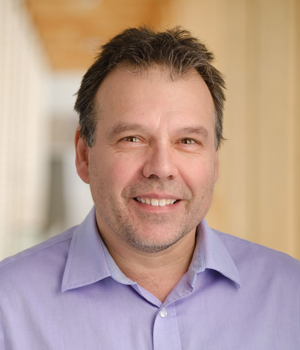
Geomembranes (GM) are increasingly used in mining settings as part of the cover systems used to rehabilitate sites that generate acid mine drainage. The technique is particularly advantageous when natural materials with low saturated hydraulic conductivity are not available near the site being restored. In recent years, numerous acid-generating mine sites in Quebec have been reclaimed using this technology, and the technique is being considered in several reclamation projects currently under study, although questions remain as to its long-term effectiveness. These questions include the influence of scale on the anticipated performance, the lifespan of GMs and the influence of aging on their properties, the presence and quantification of imperfections produced during the installation of cover systems, and the long-term physical stability of structures with a GM-soil interface.
The overall objective of the project was to evaluate the performance and stability of GM cover systems installed on tailings storage facilities, taking into account installation conditions and the effect of aging on GM properties. To achieve this objective, the project was divided into four main components. First, the thermal and hydrogeological behaviour of the cover, the development of stresses in the GM over time and the performance of GMs in controlling water flows at different scales were assessed directly at the Aldermac site using experimental cells built at the LaRonde mine site. Then, the thermal, mechanical and hydrogeotechnical behaviour of exhumed (Aldermac, LaRonde and Raglan sites) and artificially degraded GM was determined in order to predict the evolution of the performance of GM cover systems. An analysis of the various stages of GM installation was carried out at the LaRonde site to observe, describe and study the different stages of cover installation and to quantify the defects that appear during construction. Finally, the GM-soil interface is known to be a zone of weakness that can lead to geotechnical stability problems in structures. The evolution of the shear strength of this interface was assessed using traditional and modified shear tests.
The unique results of the project will be presented and the implications for the long-term performance of geomembrane cover systems will be briefly discussed.
10:20 a.m.
Break
10:35 a.m.
Geothermal Potential Assessment of Abandoned and Flooded Open Pit Mines: Simulation Based on the Carey Canadian Mine, Thetford Mines, Quebec

Induktion Géothermie
After closure, open pit mines flooded by groundwater and runoff form large reservoirs that can potentially be used for energy extraction and injection using geothermal heat pumps. The main objective of this project was to deepen our understanding of the heat transfer mechanisms likely to influence the performance of geothermal systems installed in mine pit lakes, and to develop new approaches to simplify the assessment of available thermal resources. This presentation introduces a new analytical approach based on the thermal power balance of flooded pits. This method integrates energy inputs from precipitation, runoff, groundwater recharge and the surrounding rock. Although this approach provides a conservative estimate of the available thermal resource, it does not include the spatial effect of the configuration of a potential geothermal system. In addition, a numerical approach was developed to assess the cooling requirements of a future company planning to install a fertilizer plant on the site of the former Carey Canadian asbestos mine, owned by Asbestos Corporation Limited. This method provides a better understanding of the complex interactions between heat transfer mechanisms, thus helping to minimize the risk of thermal short-circuiting.
11:00 a.m.
How Socially Acceptable Are Mining Projects That Contribute to the Energy Transition? The Influence of Usage and Collective Values on Mineral Development in Quebec
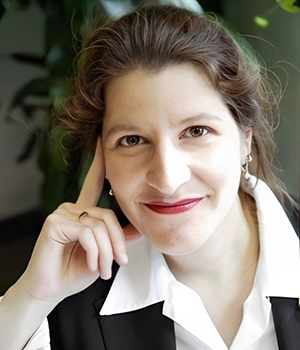
UQAM
The aim of this research is to ascertain how the intended use of a mineral and the social utility perceived by the population can contribute to its social acceptability, especially in the context of the fight against climate change. More broadly, the objective is to gain a deeper insight into the dynamics of the social acceptability of critical and strategic mineral (CSM) mining projects, with a view to developing this type of project in a way that aligns with the needs and concerns of the stakeholders involved, particularly the communities living nearby.
The first thing that emerges from our study is that CSM projects, like conventional mining projects, are promoted using financial and economic arguments. What distinguishes them, however, are the social and, above all, environmental arguments that support them: not only is this type of argument rarely used for conventional mining projects, but it is also the most common argument used to promote CSM projects.
Our study also shows that the use of social and environmental arguments by CSM companies does not necessarily guarantee social acceptability. Controversial CSM projects in Quebec fall into two categories: new projects that raise concerns about their environmental impact (potential or proven), and projects already in operation that raise concerns about worker safety.